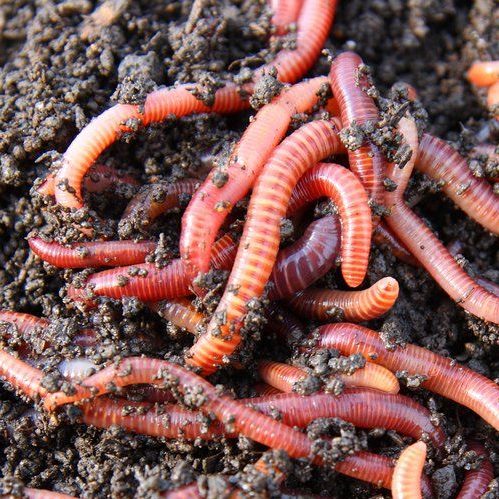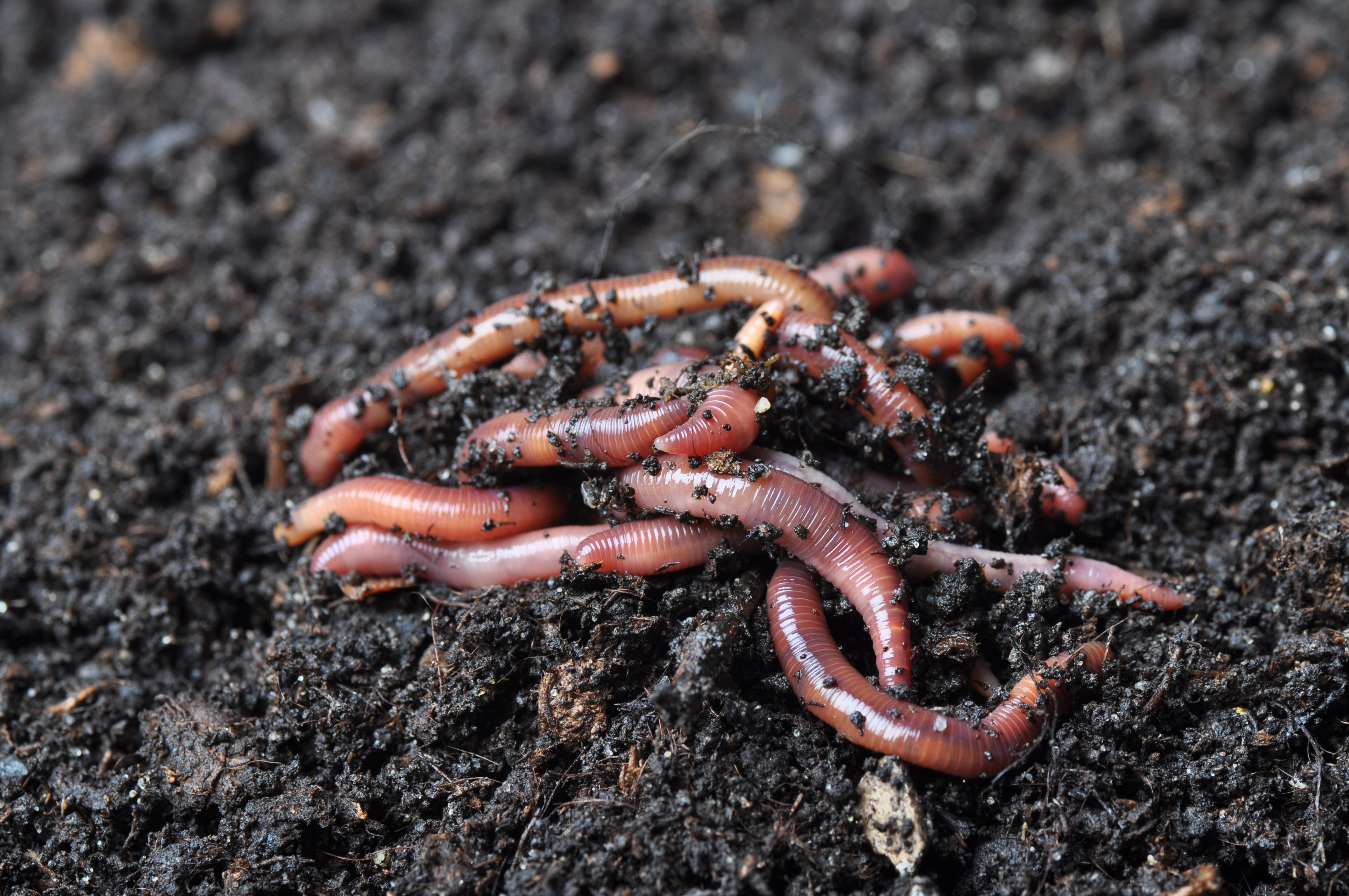Red Wigglers 101: Everything You Need to Know for Thriving Gardens
Red wigglers, or Eisenia fetida, play a vital role in sustainable gardening practices, offering as efficient decomposers that transform organic waste into beneficial vermicompost. Understanding their habitat, nutritional preferences, and the myriad advantages they use can transform your gardening technique.
Understanding Red Wigglers

Red wigglers flourish in environments rich in natural material and dampness. Red Wiggler Express. They have a distinct digestion system that enables them to refine food scraps quickly, secreting castings that are packed with necessary nutrients such as nitrogen, phosphorus, and potassium. These spreadings boost soil structure, enhance water retention, and foster helpful microbial activity, every one of which contribute to durable plant health and wellness
Additionally, red wigglers can survive in diverse problems, making them adaptable to numerous horticulture methods, including interior and exterior composting systems. Their ability to consume large quantities of organic waste daily positions them as beneficial allies for both home garden enthusiasts and industrial growers. By including red wigglers into gardening initiatives, one can dramatically boost dirt fertility and support lasting horticulture practices.
Perfect Environment for Red Wigglers
Creating an ideal setting for red wigglers is vital for optimizing their composting abilities and overall health. Red wigglers prosper in damp, dark, and well-aerated environments, which carefully resemble their natural surroundings in leaf clutter and decaying natural matter. An ideal habitat should provide a temperature range in between 55 ° F and 77 ° F(13 ° C to 25 ° C), as extreme temperatures can emphasize or damage the worms.
The bed linen material, such as shredded newspaper, cardboard, or coconut coir, need to be kept wet but not overly damp, as excessive wetness can result in anaerobic conditions harmful to worm health. In addition, a pH level between 6.0 and 7.5 is ideal, guaranteeing a well balanced setting.
Proper aeration is equally essential; it permits for oxygen circulation and prevents the buildup of harmful gases. A container or container designed for vermicomposting need to have water drainage holes to eliminate excess moisture and advertise air movement. Normal tracking of these conditions is essential for maintaining a thriving red wiggler population, inevitably boosting their performance in breaking down organic waste and enriching yard dirt.
Dietary Demands and Preferences

Red wigglers show specific preferences; they are specifically keen on softer, decaying materials over more challenging or even more fibrous compounds. It is necessary to prevent feeding them citrus peels, onion, and garlic in huge quantities, as these can be hazardous. Furthermore, meat, milk, and oily foods must be left out, as they can attract pests and produce unpleasant odors.
(Lake Rhodhiss Bait)Eco-friendly materials, such as veggie scraps, provide nitrogen, while brown products, like cardboard and dried out fallen leaves, supply carbon. By providing to their nutritional needs, garden enthusiasts can foster a prospering populace of red wigglers in their garden compost systems.
Benefits of Using Red Wigglers
The exceptional benefits of using red wigglers in gardening prolong far past their function in composting. These functional microorganisms add substantially to dirt health, improving nutrition schedule and promoting microbial activity. By freshening the dirt as they burrow, red wigglers improve water drainage and origin infiltration, creating an optimal environment for plant growth.
In addition, red wigglers are effective recyclers of natural waste, transforming it right into nutrient-rich spreadings that serve as an exceptional natural plant food. These castings contain valuable microorganisms and necessary nutrients, such as nitrogen, phosphorus, and potassium, which are crucial for plant growth. The sluggish launch of nutrients from worm castings makes certain a stable supply, decreasing the threat of nutrient leaching and promoting sustainable horticulture practices.
Making use of red wigglers cultivates an extra lasting horticulture approach by minimizing reliance on chemical fertilizers and promoting a closed-loop system, where waste is changed into important resources. Overall, incorporating red wigglers right into gardening methods supplies a wide variety of eco-friendly and farming advantages.
(Charlotte NC Worms For Sale)
Composting With Red Wigglers

To start an effective vermicomposting system, pick an ideal container with appropriate air flow and drainage. The optimal environment for red wigglers consists of a wet, dark setup with temperatures in between 55 ° F and 77 ° F. Begin by layering shredded paper, cardboard, and food scraps, guaranteeing a balanced mix of carbon and nitrogen-rich products.
Red wigglers flourish on veggie peels, fruit scraps, coffee grounds, and eggshells, while staying clear of meat, dairy products, and oily foods that can draw in parasites. Consistently keep track of dampness levels; the bed linens ought to perspire however not soaked. Harvest worm castings every couple of months by separating the worms from the compost, which can then be utilized straight in yards or stored for later usage.
Applying vermicomposting not just lowers land fill waste yet also enhances garden soil, advertising healthy and balanced plant development and lasting gardening methods. Embrace this eco-friendly technique to boost your horticulture endeavors.
Final Thought
In summary, red wigglers are necessary organisms for boosting garden productivity via effective composting. By making use of red wigglers, gardeners can dramatically enhance soil high quality and nutrient accessibility, cultivating healthier plant growth.